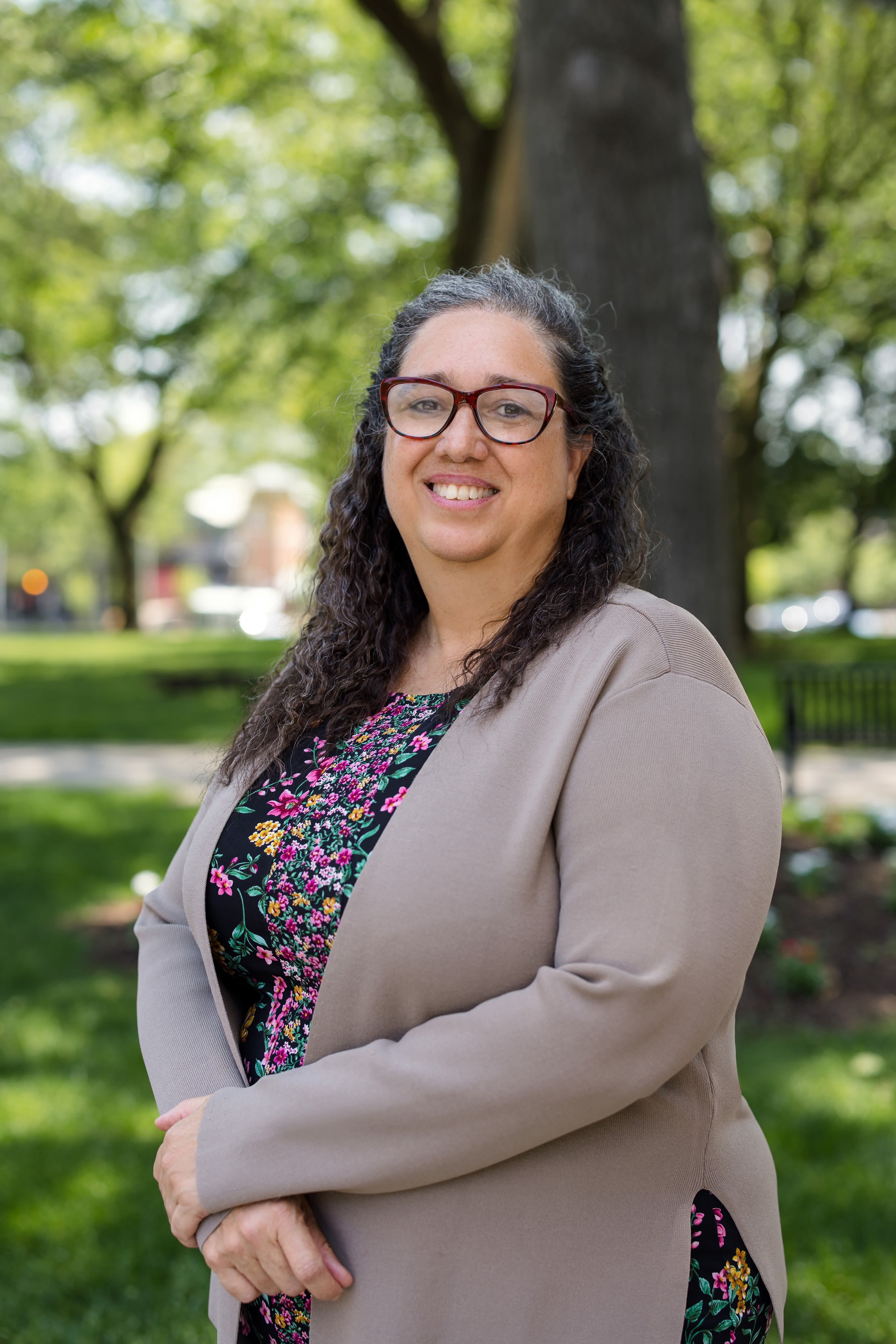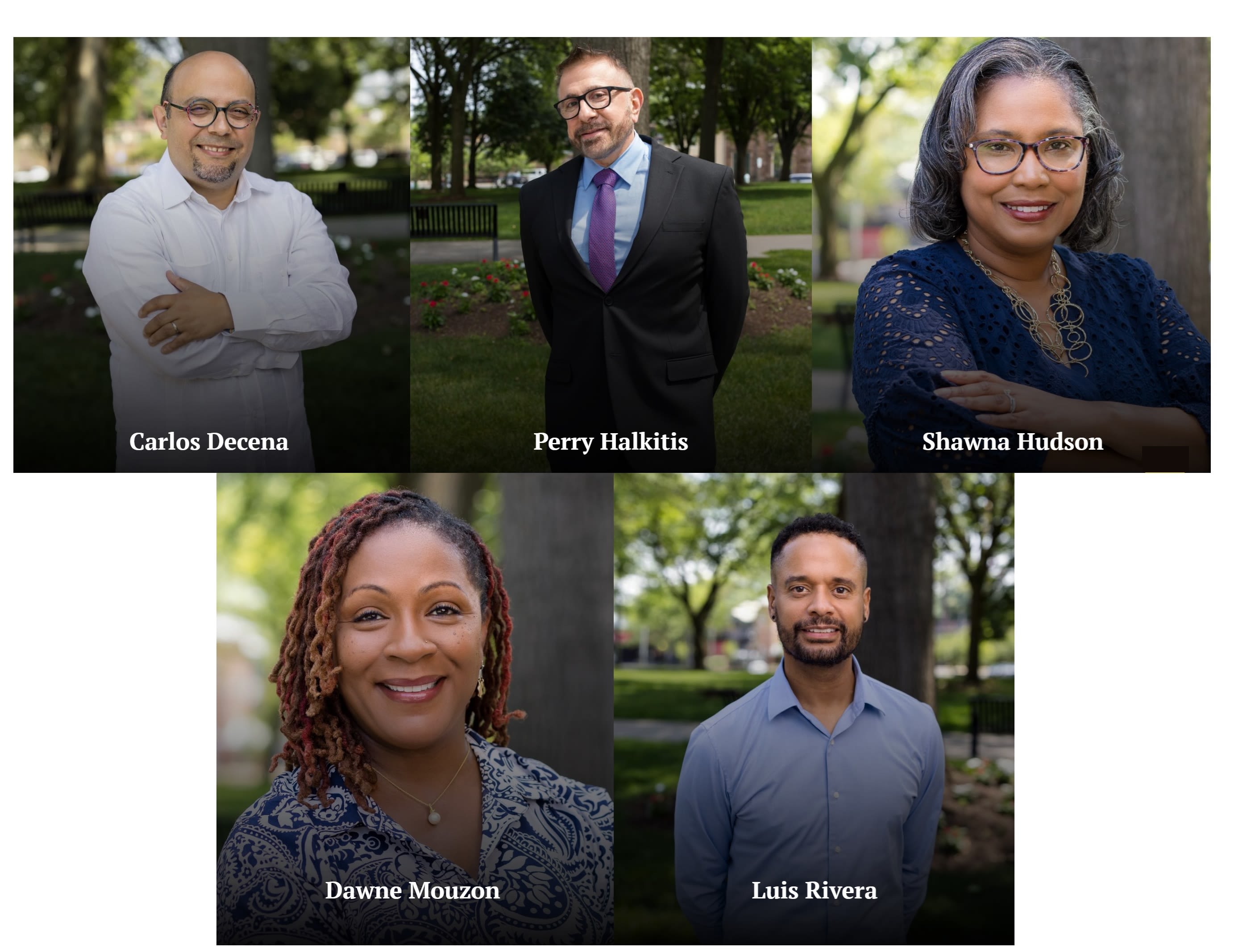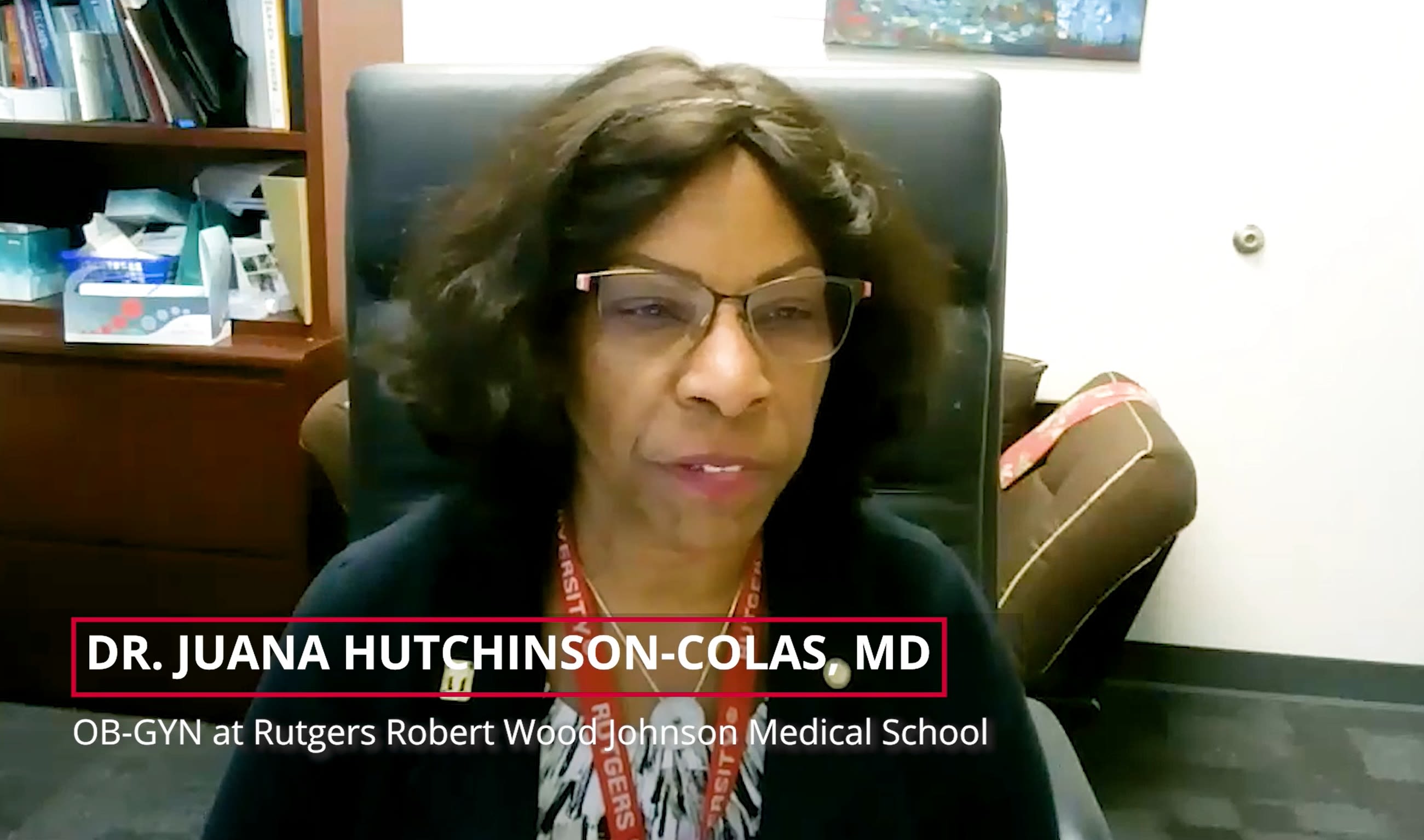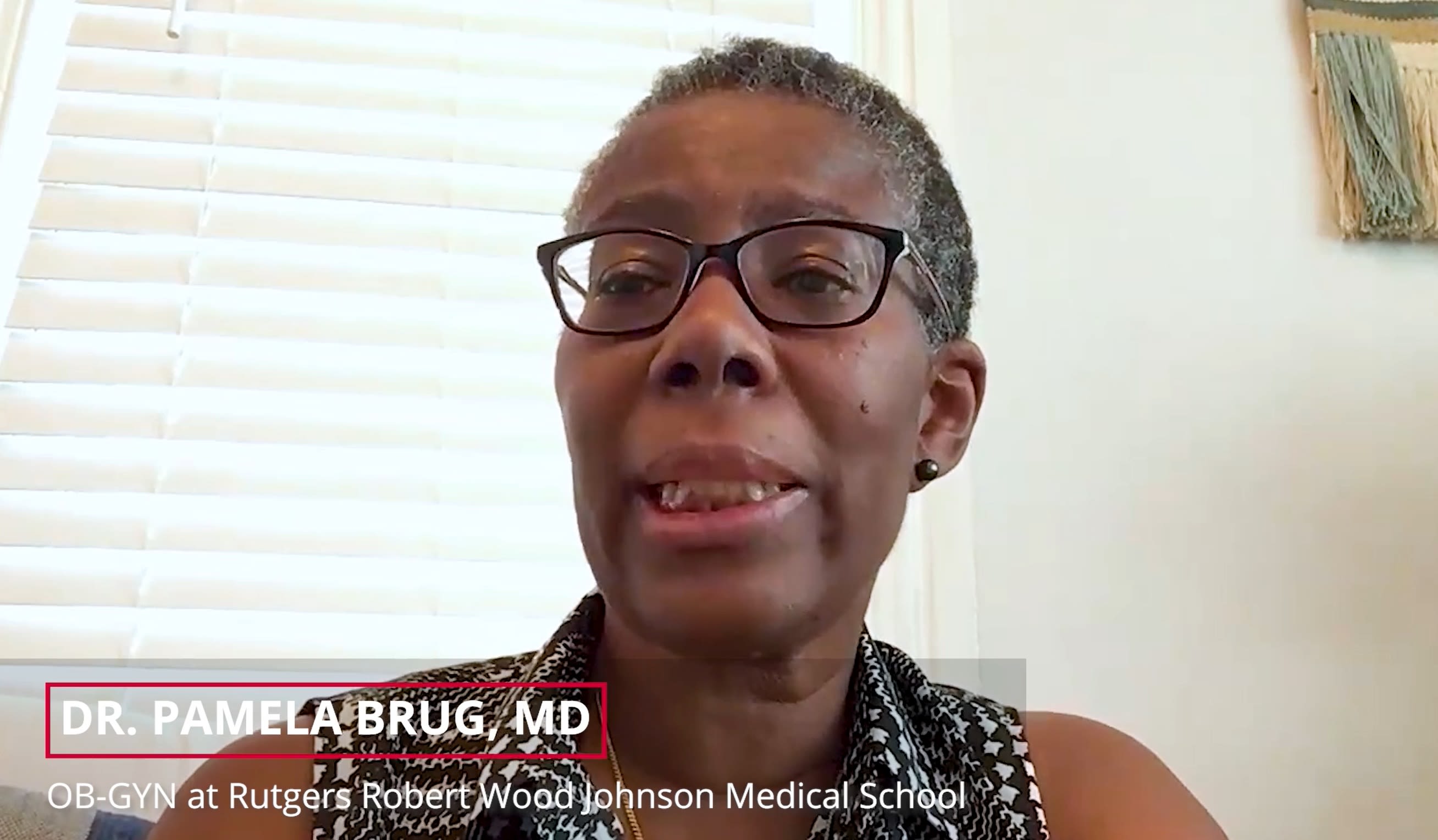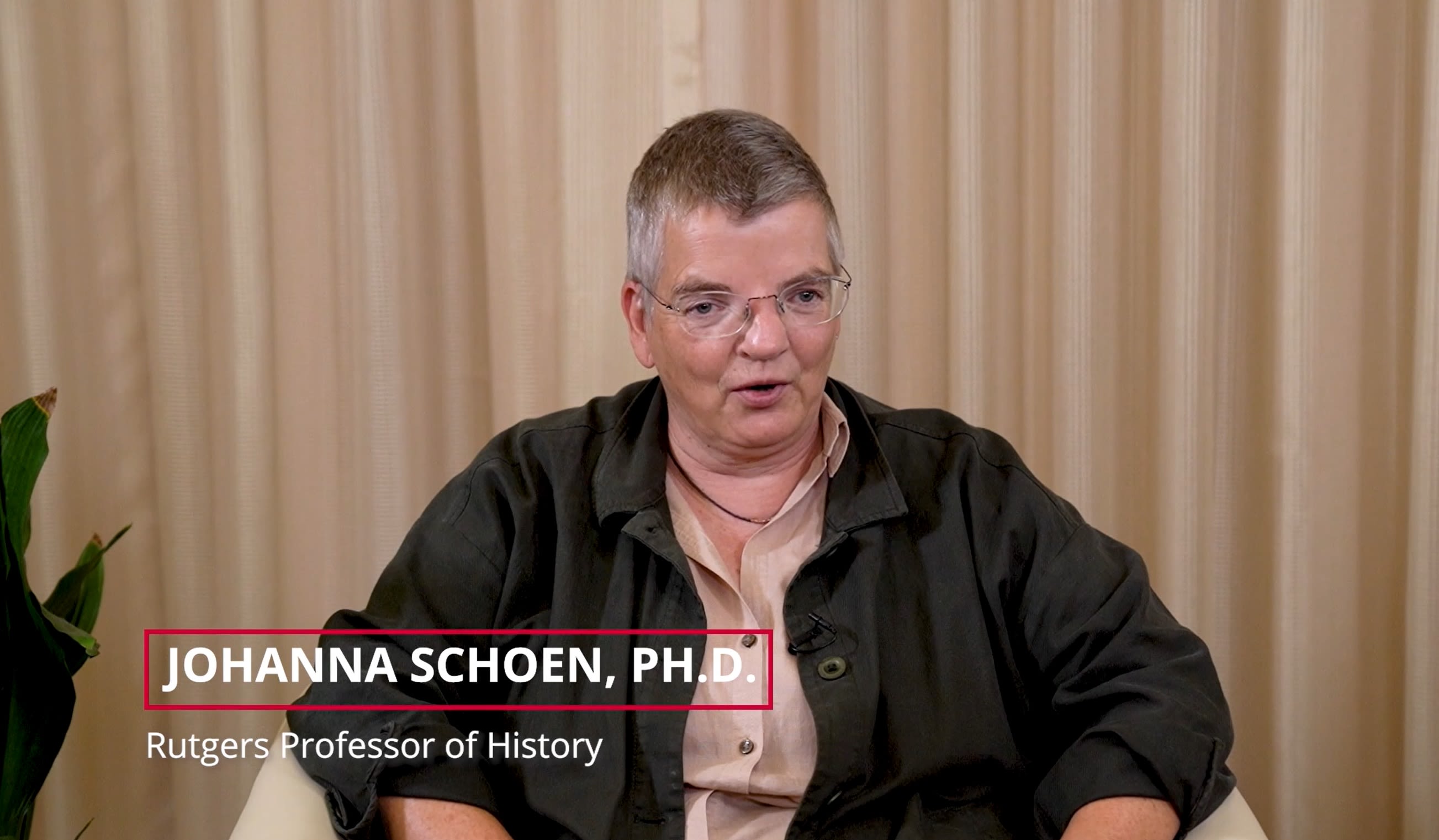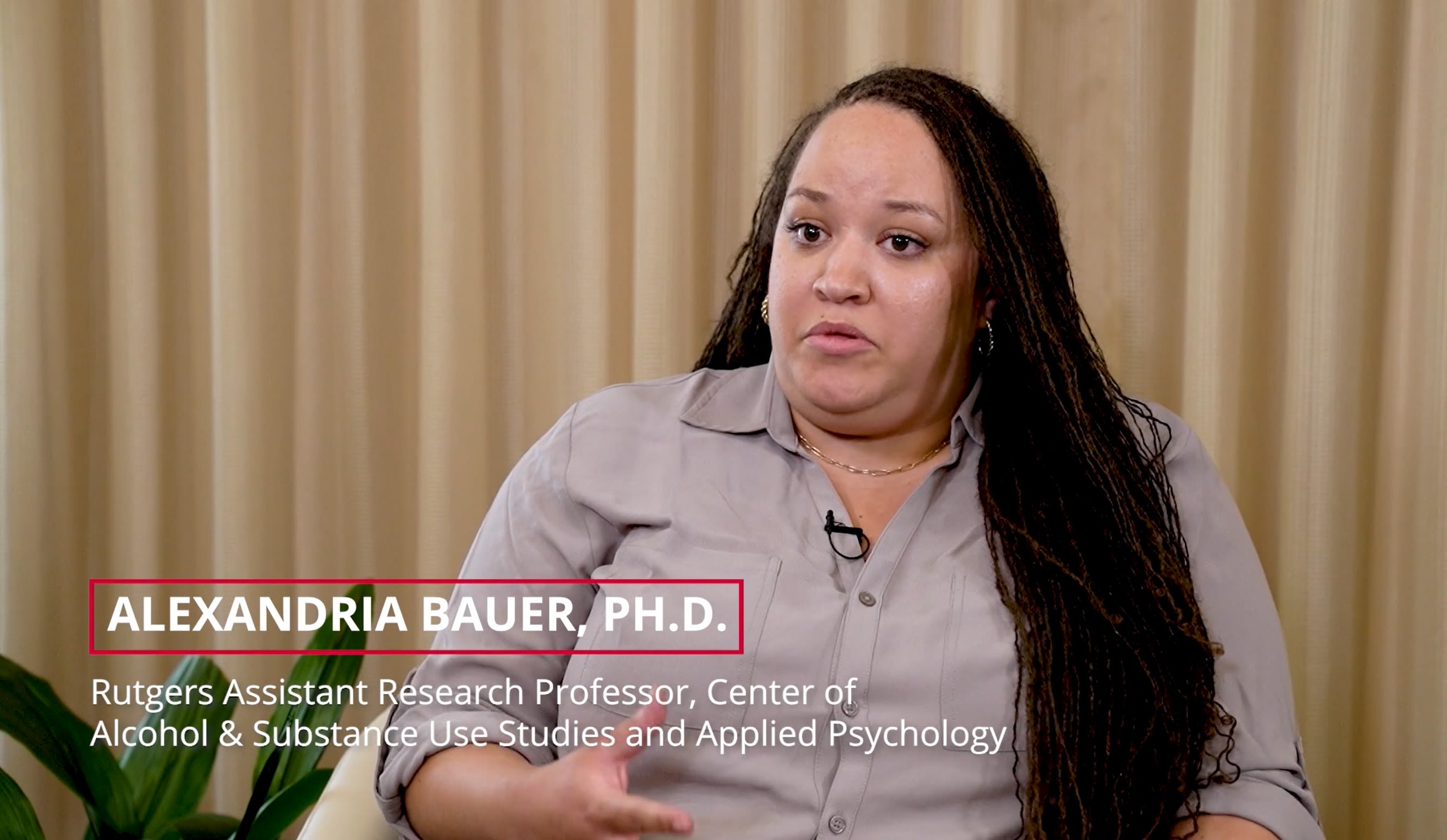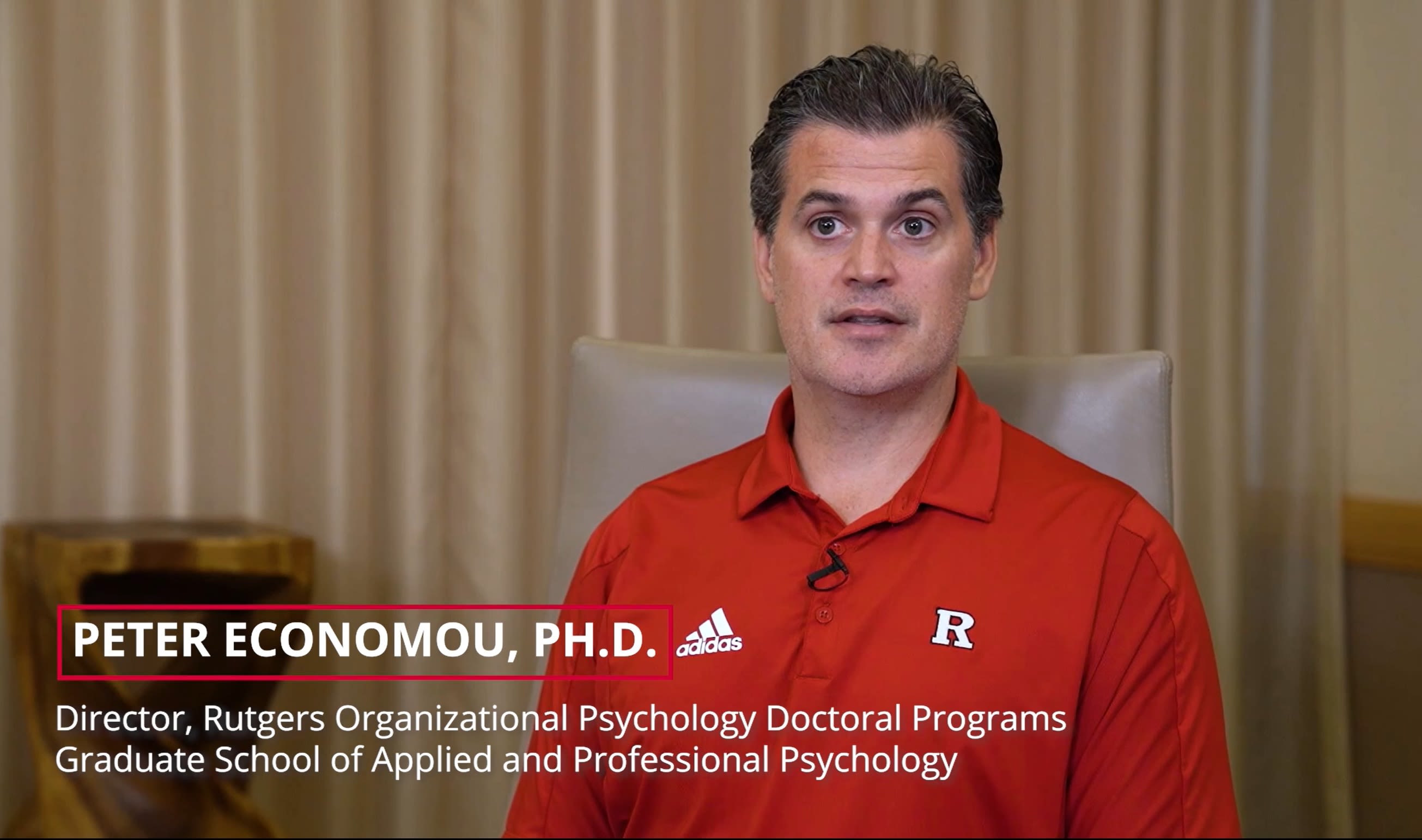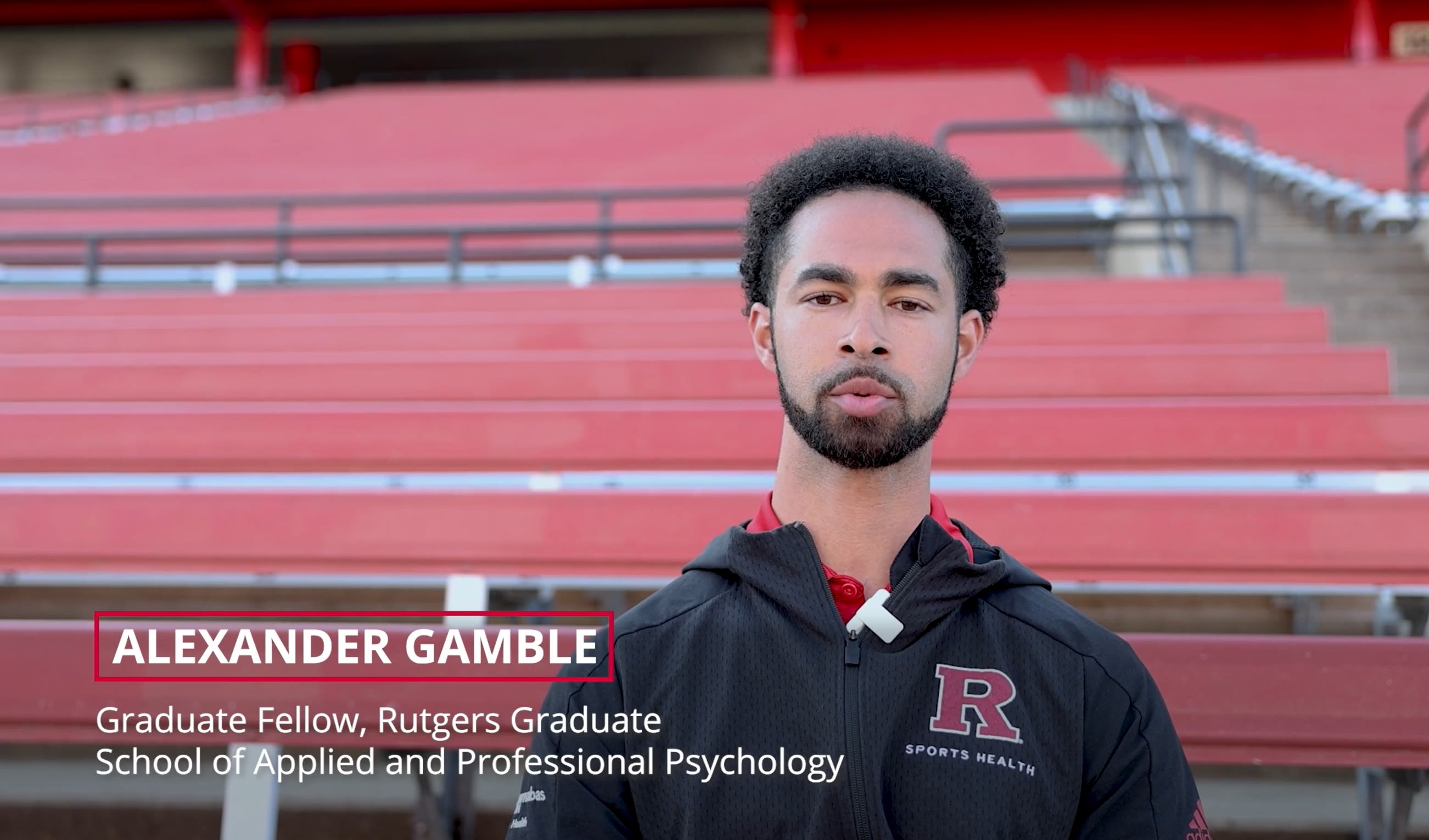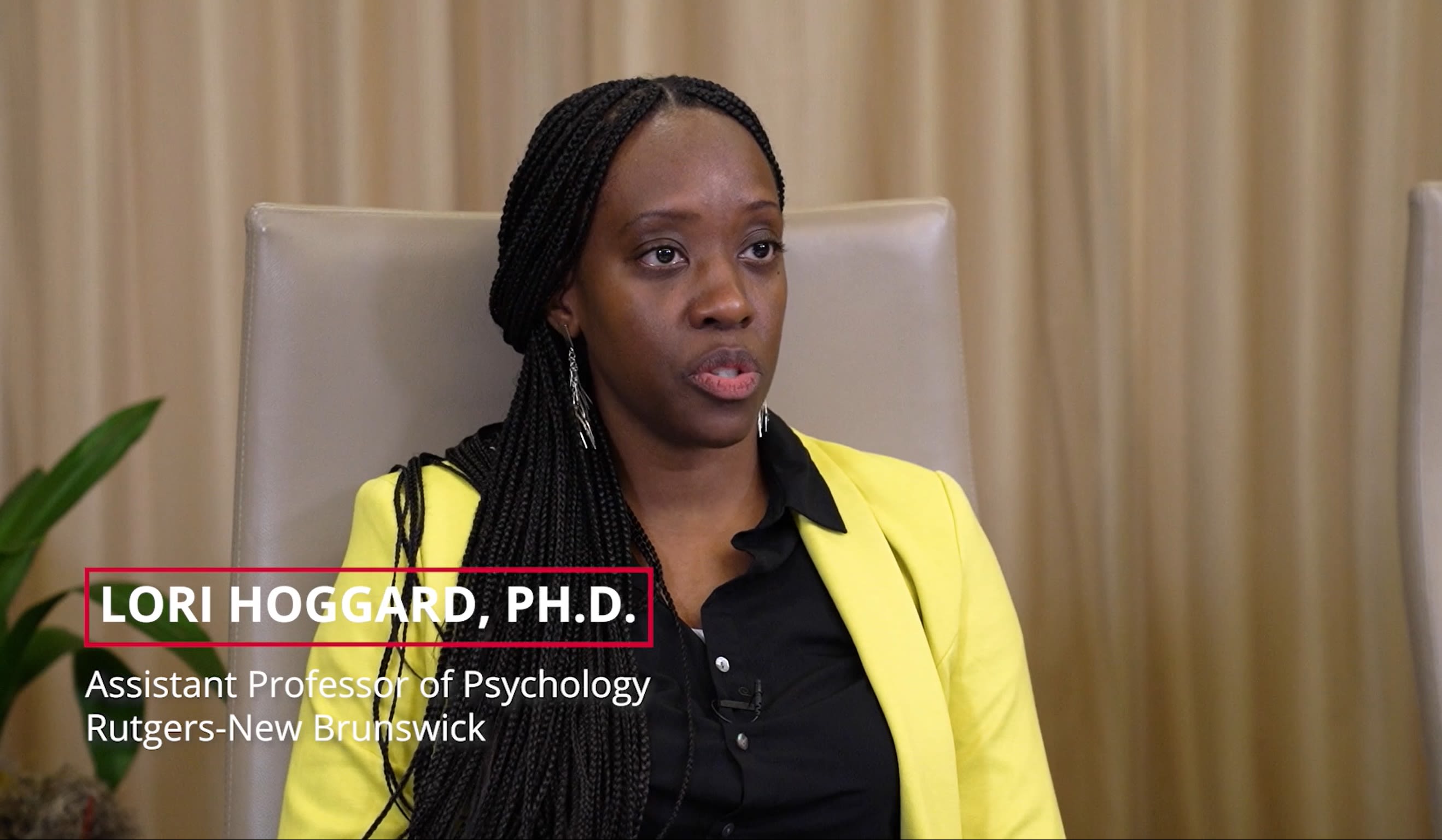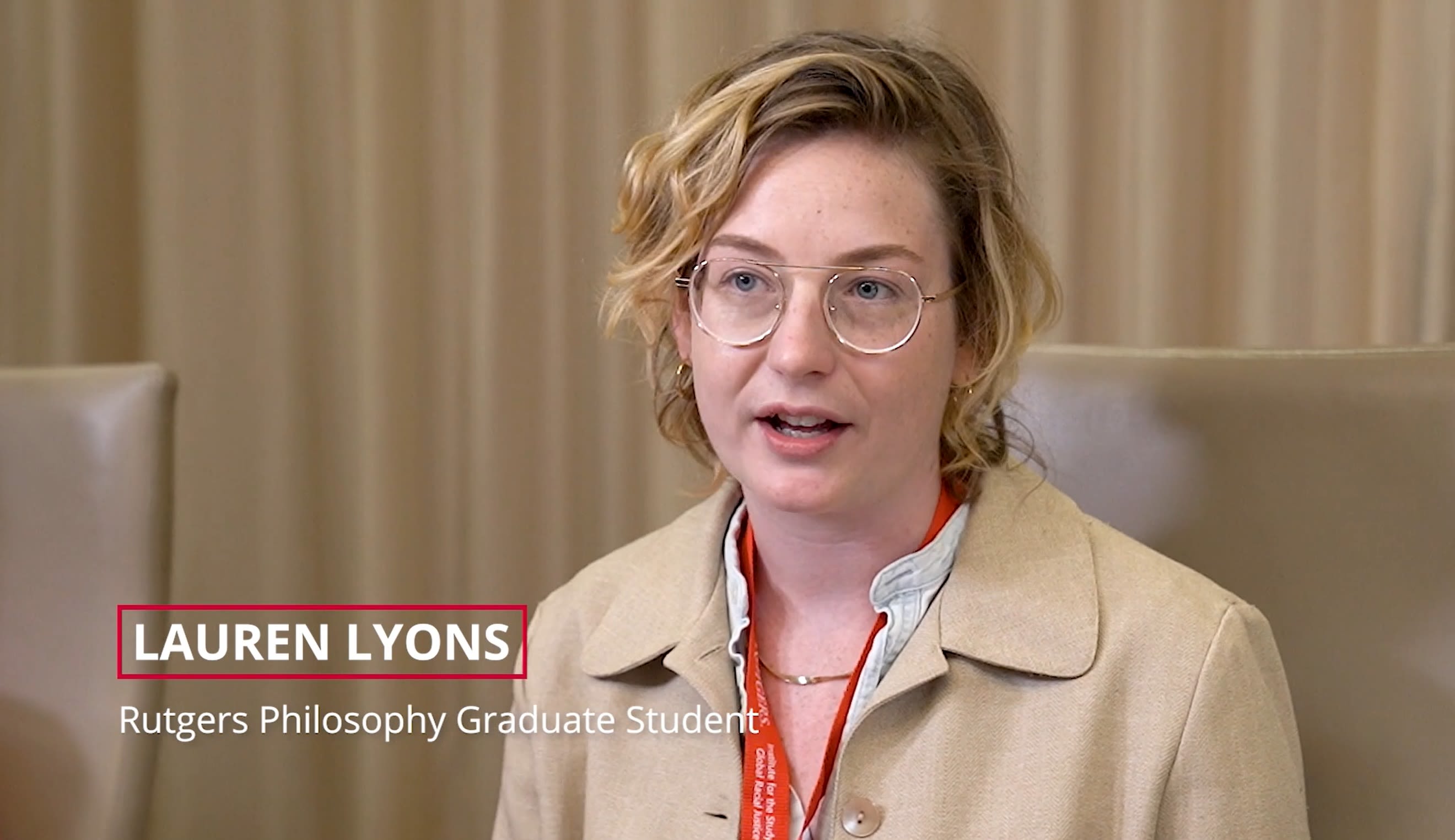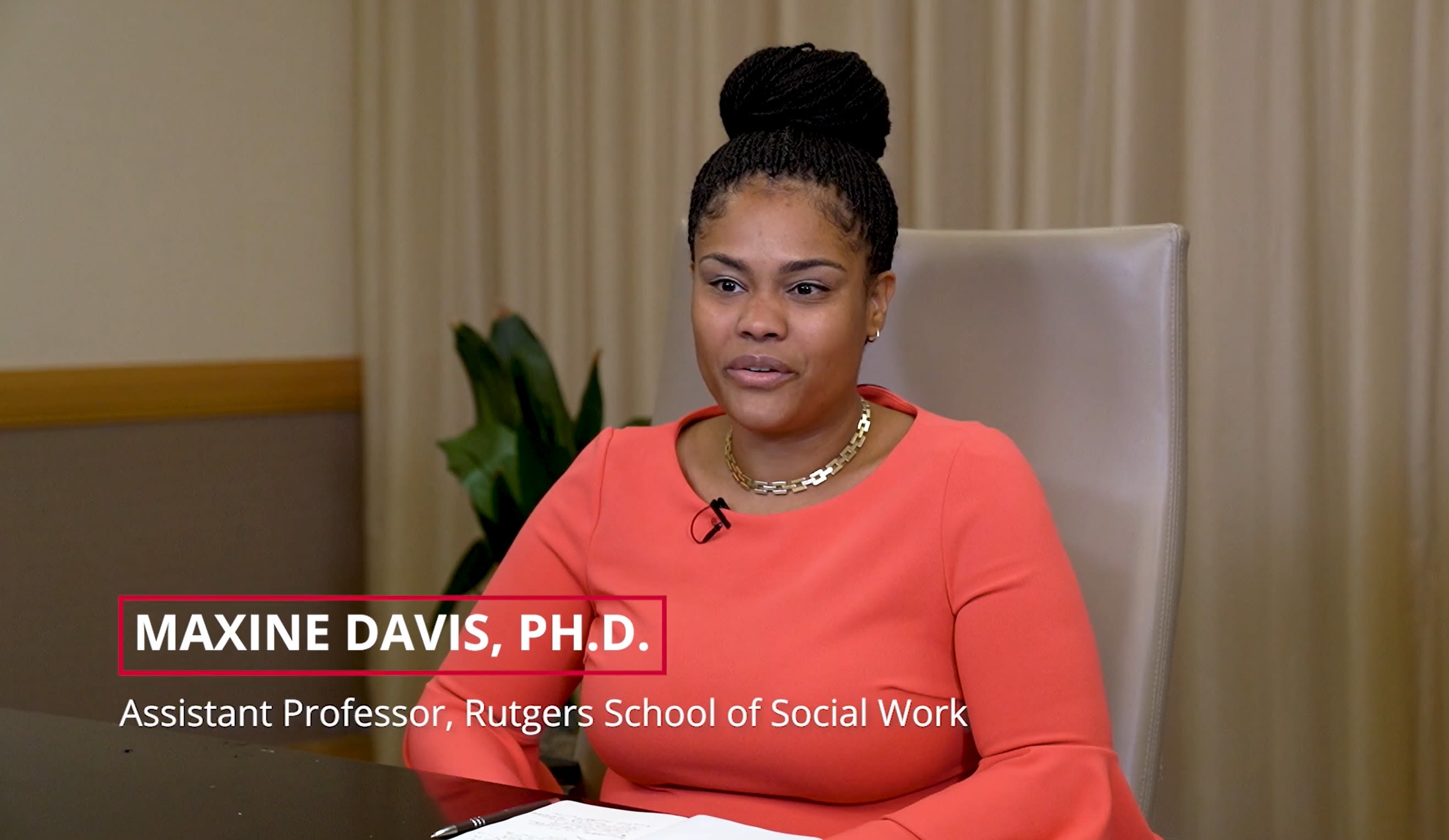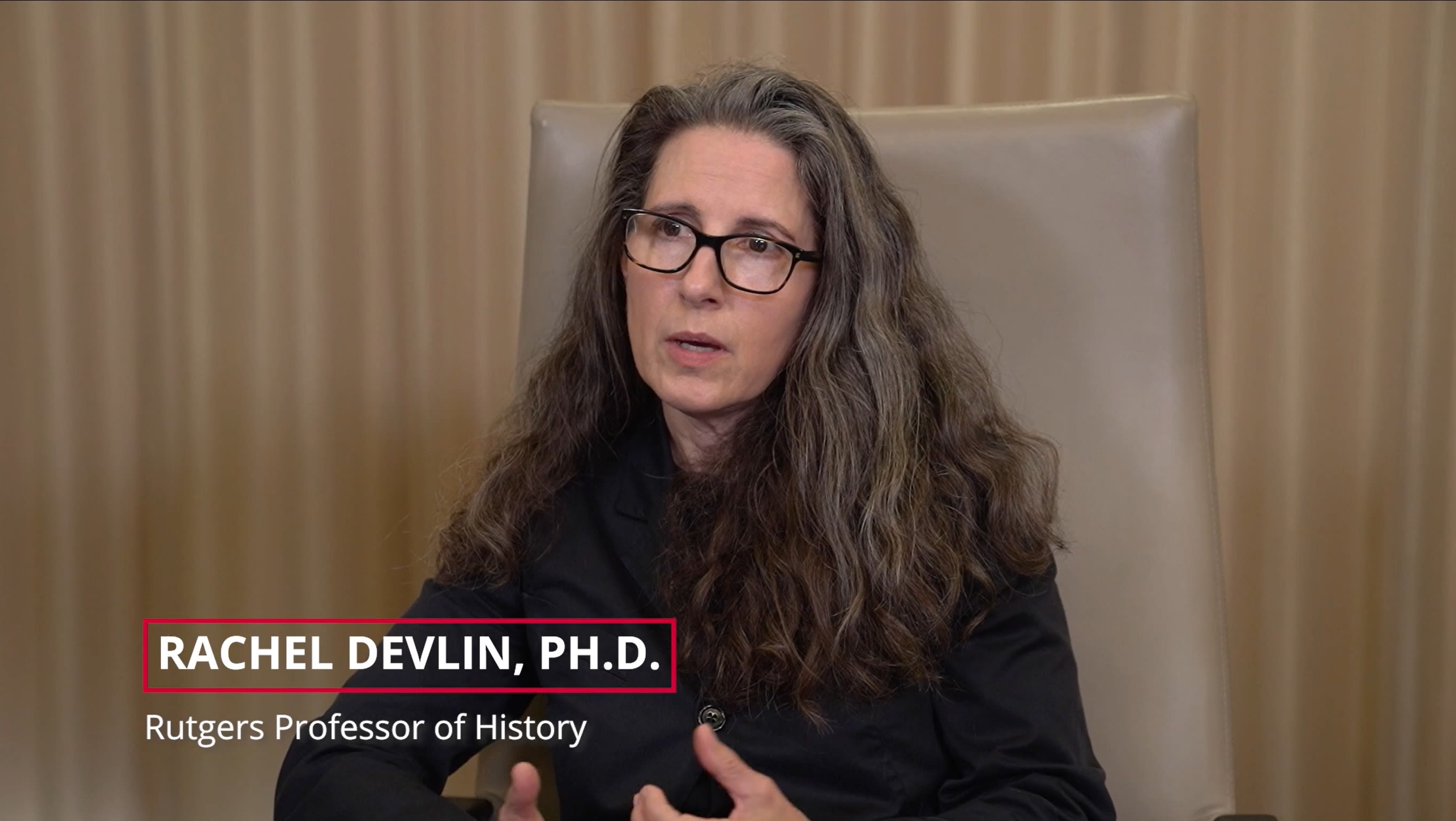BLACK BODIES BLACK HEALTH
Disrupting Disparity, Imagining a Just Racial Future
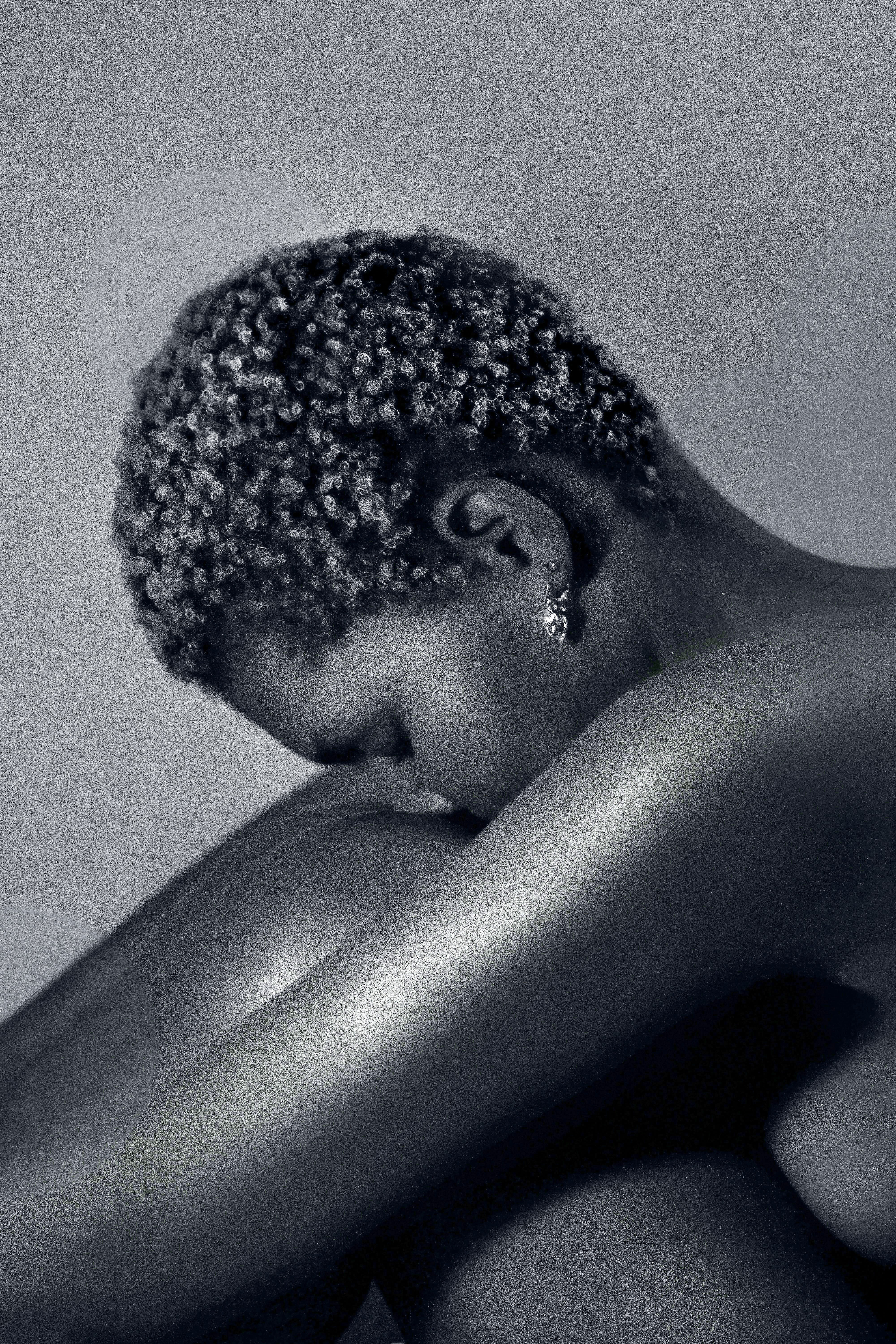
A VISION TO REALIZE HEALTH EQUITY
For anyone who was unaware of the detrimental health effects of racism on both the individual and systemic levels, the global COVID-19 pandemic that started spreading throughout the United States in 2020, exposing the staggering depths of racial inequality nationwide in every sector, further revealed the egregious outcomes of racism with regard to the health and well-being of Black and minority populations.
From premature births, to increased cancer rates, to shortened life expectancy, it has become clear that the systems necessary to meet basic human needs to support health and wellness are disproportionate and systemic racial discrimination kills.
The systemic is tied, fundamentally, to questions of cultural representation, to the stories we tell about healthy bodies, on the one hand, and undeserving populations, on the other. Less than 4 percent of medical texts feature illustrations of non-white bodies. This base level of representation, or more accurately the lack thereof, has implications for who and what we see as normative, which bodies we characterize as well and unwell, which we value and which we don’t.
The work of envisioning disruption in the area of health equity is not the domain of health experts alone. Rather, it relies on the intellectual strength of the humanities and social sciences. Fields as wide-ranging as sociology and the study of English literature, have used different methodologies both to document, and to spar with, the origins and depth of race as an organizing frame in American society and the world. This interdisciplinary range of scholars is necessary for future discussions of possible successful remedies and interventions for population health disparities that are grounded in age-old conceptions of race that are older than America.

OUR PARTNERSHIP WITH THE ROBERT WOOD JOHNSON FOUNDATION
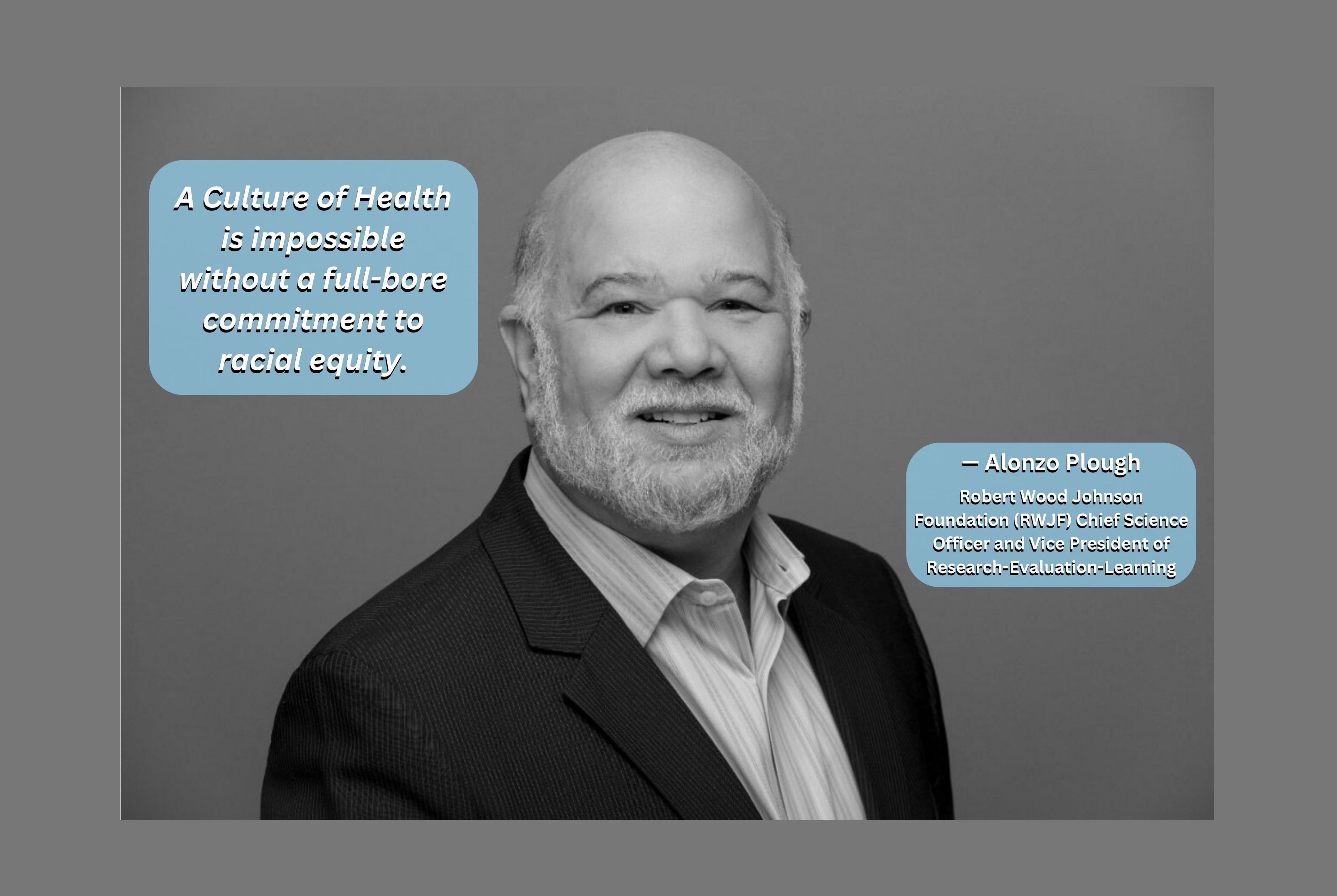
In the early days of the pandemic, and following the racial reckoning it both coincided with and prompted in the United States and around the globe, there has been a renewed call to focus research efforts on racism, with the express goal of disrupting racial disparities in order to create more just and equitable health outcomes. As Robert Wood Johnson Foundation (RWJF) Chief Science Officer and Vice President of Research-Evaluation-Learning Alonzo Plough stresses in Necessary Conversations, “a Culture of Health is impossible without a full-bore commitment to racial equity.” With this commitment in mind, RWJF sponsored the Black Bodies, Black Health (BBBH) research project at Rutgers University.
The project was organized around a set of core questions:
What would we learn from bringing humanists, social scientists, and biomedical researchers together to explore, unpack, and disrupt structural racism in service of creating equitable health outcomes? How might humanistic approaches to the call for justice, centering on such fundamental questions as the redefinition of what it means to be human, be reconciled with the lasting impact of Blacks’ exclusion from humanity itself in pre-Emancipation America? These critical questions fall not just within the purview of a single discipline, but rather, require the marriage and purposeful intersection of fields and scholarly breadth. Black Bodies, Black Health reflected such a marriage, made possible through the partnership of the Institute for the Study of Global Racial Justice at Rutgers University and the Robert Wood Johnson Foundation.
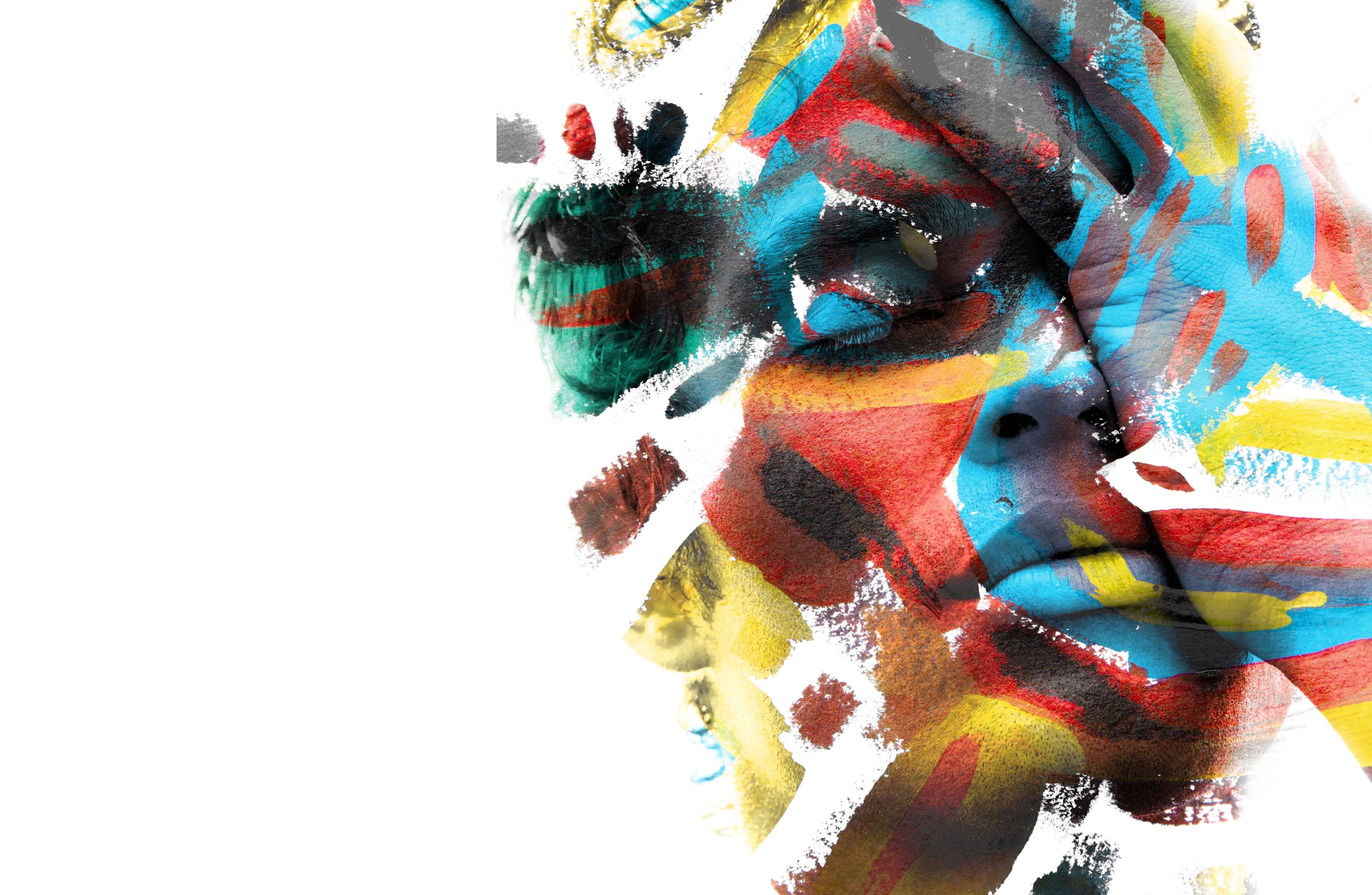
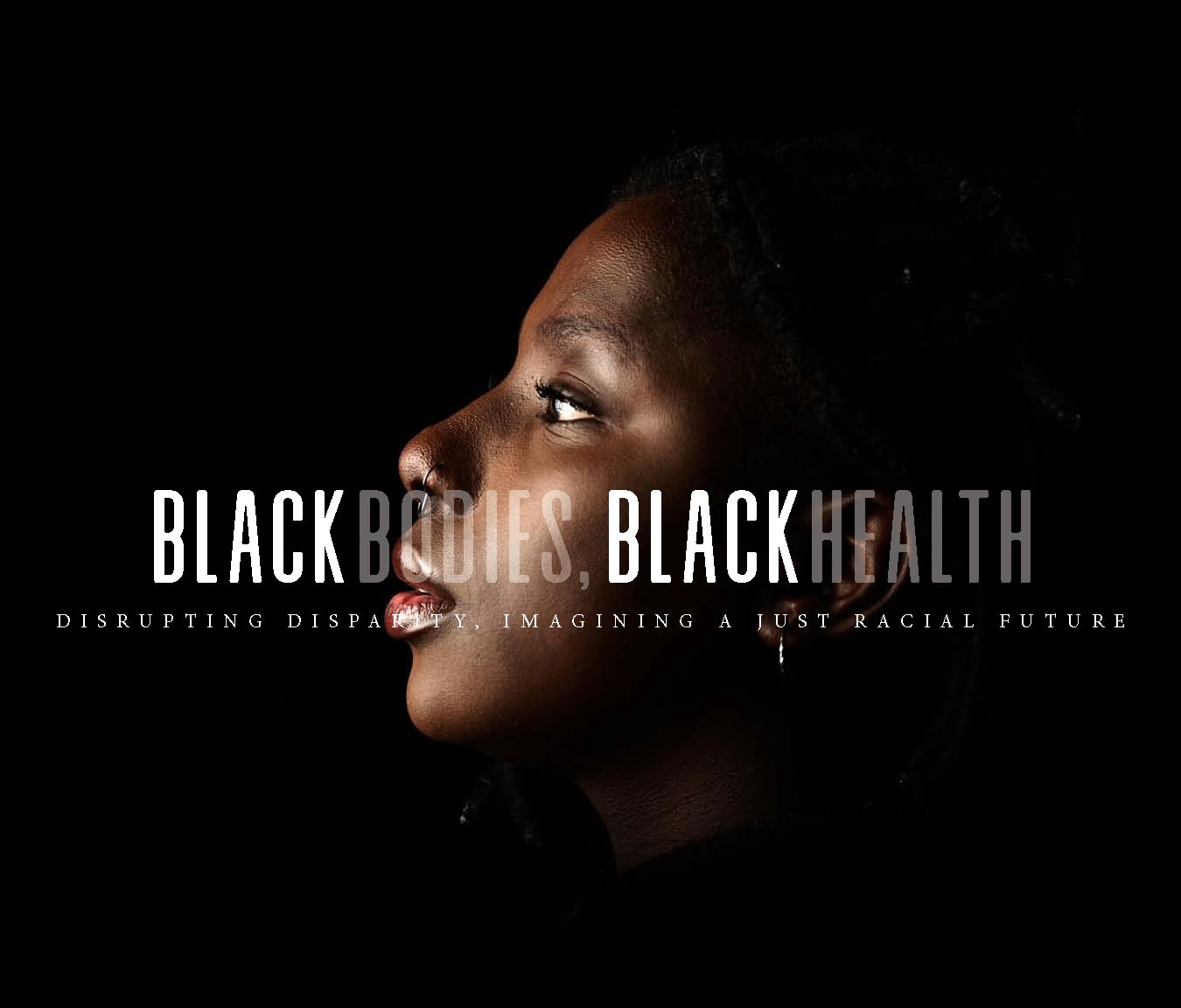
BUILDING AN INTER-DISCIPLINARY CONVERSATION
Michelle Stephens
Michelle Stephens
Led by Enobong "Anna" Branch (Senior Vice President for Equity and Professor of Sociology) and Michelle Stephens (Founding and Executive Director of the Institute for the Study of Global Racial Justice and Professor of English and Latino and Caribbean Studies), the BBBH project centers humanistic and social scientific fields to identify strategies needed to disrupt structural racism as a determinant of health and well-being.
A steering committee of five senior advisors, each bringing expertise related to structural racism and/or health equity, guided the project. Reflecting the intellectual diversity and convergences BBBH aims to spur, steering committee members helped to frame the seed grant program that incentivized and organized Rutgers researchers, and the interdisciplinary workshops and conversations convened to synthesize and develop their specific research projects.
Enobong "Anna" Branch
Enobong "Anna" Branch
The steering committee members also contributed to the project’s final report identifying the research approaches needed in humanistic, social scientific, and biomedical fields to ameliorate structural racism as a determinant of health and wellbeing.
The Black Bodies, Black Health Steering Commitee
The Black Bodies, Black Health Steering Commitee

The Black Bodies, Black Health project provided seed grants in 2022 and 2023 to support a range of multi-disciplinary research projects that focused on forms of physician education; the carceral state; environmental racism; the physiological impact of racism on black bodies; and ethics and decolonial justice in global health.
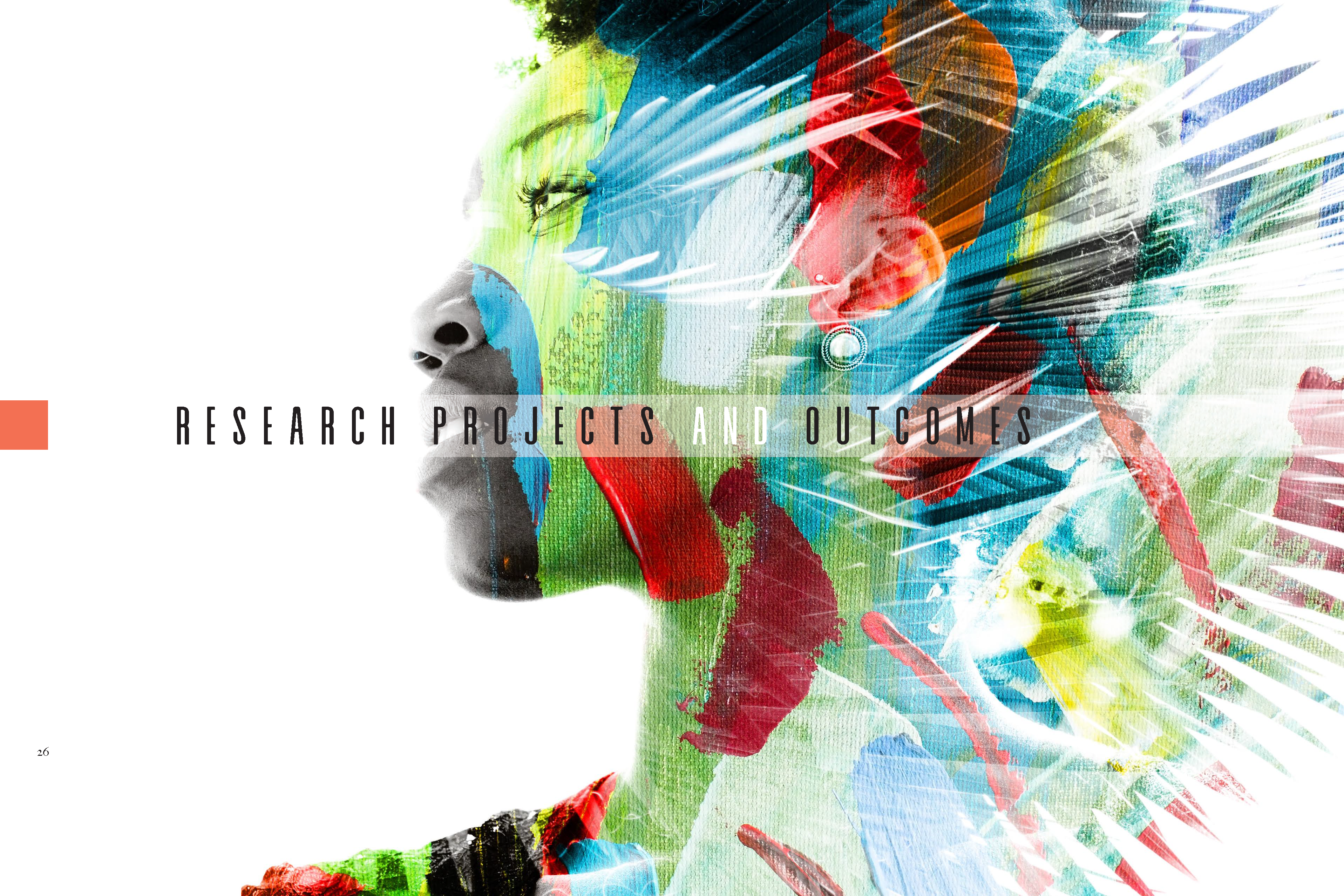
Physicians of color play a prominent role in the care of Black individuals, as they are often the clinicians who will care for underserved individuals. According to a recent study in the Journal of American Medical Association, patients who have low incomes, are from racial and ethnic minority backgrounds, have Medicaid insurance, or who do not speak English, are substantially more likely to receive their care from a minority physician (Zachrison et al., 2021).
In Project TULiP, the research team of Dr. Pamela Brug, OB-GYN at Rutgers Robert Wood Johnson Medical School and Faculty Advisor, Womens' Health Institute and Dr. Juana Hutchinson Colas, OB-GYN at Rutgers Robert Wood Johnson Medical School, studied how socioeconomic factors, such as race, ethnicity, age, sex, and gender create compounding effects that impact the decisions patients make about their health and create a divide between patient and physician. The creation of a new app will help bridge the health communication gap, and meet the needs of Black residents of New Jersey, by giving them access to like-minded physicians in racially competent medical environments to reduce systemic racism in healthcare.
TULiP will create a database of Black physicians and present this information in a user-friendly app, which carries much potential to improve the quality of healthcare for disadvantaged patients. TULiP will serve as an educational tool, equipping users with a directory of Black physicians so that users can make informed decisions regarding their health and find a provider that resonates with them.
In the United States, non-Hispanic/Black infant mortality rates have consistently been more than twice as high as mortality rates of all other infants. Despite more than five decades of health interventions trying to save the lives of neonates -- infants in the first month of life when infant mortality rates are highest -- these statistics have remained unchanged.
Why did the sophisticated care of NICUs seem to have no impact on Black mortality rates? Existing scholarship suggests two reasons: First, racist attitudes towards poor and young Black mothers placed them and their infants on the periphery of NICUs. Second, the sophisticated machinery of NICUs – monitors, respirators, and incubators -- created both a physical and an emotional barrier between parents, their babies, and the clinical staff. Many parents were unable to understand the technical concepts of medicine and the language of clinicians. Already on the margins of NICUs, poor and young African American women found that the barrier of technology created a crisis of communication in the NICU. Young and non-White parents, then, were less likely to be involved in decision making.
The discrepancies uncovered in the Life and Death in the Nursery: Making decisions in the Neonatal Intensive Care Unit [NICU] project by researcher Johanna Schoen, Ph.D., Rutgers Professor of History, demonstrated differential access to NICUs, NICU providers, and a technical language barrier between the clinician and NICU parents. These observations have been shared publicly with medical professionals with the goal of informing their neonatal clinical practices and settings.
The Cultural Humility research project had as a starting goal the shifting of scholarly and clinical focus in psychology from cultural competence, which created unrealistic and misguided expectations that mental health providers would have expertise in all other cultures, to the idea of cultural humility, understood as an ongoing, lifelong process. A cultural humility mindset fosters a more practical outlook that advances flexible delivery of mental health services, and approaches that can be tailored to clients’ needs while honoring their identities and values.
The project, led by Alexandria Bauer, Ph.D., Rutgers Assistant Research Professor at the Center of Alcohol & Substance Use Studies and Applied Psychology, developed a Cultural Humility Toolkit designed to promote cultural humility among mental health providers (e.g., psychiatrists, psychologists, counselors, social workers) and to promote humanistic/holistic considerations in mental health care, a field which has historically focused solely on symptom presentation and conceptualization and treatment development among predominately White, western populations.
The comprehensive toolkit includes resources such as self-reflection guides, designed to help clinicians develop their own personal sense of cultural humility as well as educational materials on diverse populations and intersectional experiences.
The pandemic made strikingly clear that Black workers in New Jersey are the backbone of the state’s economy. Many working in ‘essential’ jobs faced high COVID exposure risk but did not receive adequate health support. This had important health consequences not only for Black workers and their families in the state, but also, for long-term economic prosperity and justice.
The Black women in New Jersey during the pandemic study, led by Yana Rodgers, Ph.D., Faculty Director at the Rutgers Center for Women and Work, focused on the labor market experiences of Black workers in New Jersey, and included nuanced analysis of Black women workers, single-parent households, Black workers with disabilities, and Black LGBT individuals. Understanding the diversity of health and employment experiences in the Black community thrust into focus the multiple dimensions of overlapping oppressions.
The study furthered the goals of the Black Bodies, Black Health research project by providing state-level understandings of the structural racism in New Jersey’s labor markets, and subsequent health consequences that included not only direct measures of physical and mental health, but also, avenues through which adverse health manifests, including poverty, housing, child welfare, and education.
While the consequences of racism are often thought of as psychological, this research group explored the notable physiological effects of a system that perpetuates racism.
In addition to the pressure of athletic and academic performance, Black student-athletes at predominantly White institutions contend with systemic racism on multiple levels. There is an opportunity to measure and track the body’s responses to these stressors and help Black student-athletes build resilience to them.
The research team led by Peter Economou, Ph.D., Director of the Rutgers Organizational Psychology Doctoral Program at the Graduate School of Applied and Professional Psychology and Director of Behavioral Health for Rutgers Athletics, and Alexander Gamble, Graduate Fellow at the Rutgers Graduate School of Applied and Professional Psychology and Research Assistant of the Black Bodies, Black Health project, analyzed resting heart rate variability (HRV) from health trackers worn by Black Student-athletes. The trackers produced invaluable data when examining the existence and impact of systemic oppression within the athletic systems. This study filled a void by looking specifically at physiological markers of stress, the mediating variables at play, the differences in systems and culture at Predominantly White Institutions (PWI’s) compared to Historically Black Colleges and Universities (HBCU’s) and what treatment protocols are effective in reducing overall race-related stress and improving resting heart rate variability.
This project’s outcomes include implementing interventions with the athletes that will help with them contend with barriers society has put in their way, while also shining a light on ways the culture within athletics can be changed to be more inclusive. The findings of this project were outlined in a coherent manuscript and submitted for publication at applicable journals, and will be presented at conferences with the hope of impacting athletics policies.
Numerous health professionals have highlighted racism in America’s criminal justice system as a key structural cause of public health disparities. The criminal justice system has been built around the dehumanization of Black Americans, with laws designed to criminalize Black communities. These policies have direct impacts on the health of individuals who have been incarcerated, especially those convicted of felonies.
Voter disenfranchisement of individuals who are currently or formerly incarcerated prevents them from advocating for health care reforms on their own behalf. Furthermore, policies which hinder employment access for individuals with a felony conviction limit their ability to reintegrate into society, thereby restricting access to employer-sponsored health insurance.
As a result of the increased awareness of structural racism in the criminal justice system, there have been calls for reforms in the courts and police agencies as a way to enhance trust and reduce inequities in Black communities.
This pilot study, led by Ann Bagchi, Ph.D., Rutgers Business School Associate Professor in the Department of Supply Chain Management, sought to develop, adapt and test a multidisciplinary, community partnership-based structural competency training program for court and police officers. Through a series of interactive workshops, participants learned how systemic racism undergirds societal perspectives of “deservedness” to perpetuate inequities that result in health disparities. During the final workshop session, participants identified specific proposals that could be pursued to address these structural determinants of health.
An important strength of the training is that it was co-designed with members of affected communities working as co-equal project collaborators. In this way, the project furthered Black Bodies, Black Health’s goals of translating research on the structural determinants of the carceral state into the accessible format of the training workshop for professionals in the criminal justice system, while also facilitating a dialogue between those professionals and Black community members they police and serve.
Despite composing only 13% of the United States population, this study showed that African Americans are approximately 2.8 to 3.5 times more likely than White Americans to be killed by police officers while unarmed. African Americans are also more likely to have non-lethal police force (e.g., taser, pepper spray) used against them and are 5 times more likely than Whites to report being unfairly stopped by the police.
Notably, involuntary police stops have significant psychological costs, including distress, anxiety, depressive symptoms, and trauma. African Americans also have a higher prevalence of cardiovascular morbidities (e.g., heart disease, stroke) and abridged lifespans as compared to White Americans.
This project, led by Lori Hoggard, Ph.D., Assistant Professor of Psychology at Rutgers-New Brunswick, provided a unique opportunity to investigate how police exposure is biologically embedded in a subsample of African American men residing in New Jersey. As part of this study, seventy-five African American men were recruited to participate in the 14-day experience sampling methodology (ESM) study. On each day, participants were randomly prompted to complete six mini surveys that assess their police exposure and momentary psychological well-being. The researchers monitored participants’ ambulatory sympathetic (i.e., pre-ejection period, left ventricular ejection time, cardiac output) and parasympathetic (i.e., high-frequency heart rate variability) nervous system functioning.
“...Our present system has marked impacts of individuals, families, and communities that extend far beyond the walls of prisons and jails. Mass incarceration generates and substantially exacerbates disparities ... compounding health inequalities through its social effects.
This project, led by Lauren Lyons, Rutgers Philosophy Graduate Student, provided an analysis of incarceration from within an ethical framework by exploring whether moral objections to mass incarceration, and specifically its effect on health, can be made more precise by drawing on conceptual tools in bioethics, political philosophy, and criminal legal theory. Should our critiques of the carceral state center on an idea of public policy as prioritizing the wellbeing of the worst off? Or should our critique center the way that our systems reflect and replicate historical injustice and structural racism? Perhaps the ethical concern ought to center the role of the state and its role in confining people against their wills to produce negative life and health outcomes.
The project also sought to offer solutions. Can we respond to this crisis by way of incremental reforms – improving the provision of healthcare in jails and prisons – or working to mitigate the downstream consequences of incarceration? An alternative approach is that the system has fundamental flaws, and that in order to mitigate its undesirable effects, we ought to reduce its size and scope. This study furthered the goals of the Black Bodies, Black Health project by bringing the tools of philosophical inquiry, and a humanistic belief in the benefits of thoughtful critique, to bear on the question of incarceration as a social phenomenon with direct implications for health equity and justice.
“Black people are regularly subjected to dangerous state-sponsored violence, even when looking for help from police for domestic violence.“
Nationally, the most prominent and promoted intervention to address intimate partner violence (IPV), often known as domestic violence (DV), is to invoke a police response. Although this approach is widely regarded as the appropriate avenue that bystanders or victims should pursue, it is not always safe, and has long been contested as harmful, especially by and for Black residents in the United States (U.S.)
Black people are regularly subjected to dangerous state-sponsored violence, even when looking for help from police for domestic violence. Black people of all genders are disproportionately arrested, including primary victims of DV. Mandatory arrest laws for DV have only exacerbated pre-existing racial inequity in the criminal justice/carceral system and worsened experiences of trauma in Black communities.
This project, led by Maxine Davis, Ph.D., Assistant Professor at the Rutgers School of Social Work, centered the value of collective and community care, reimaging the resources necessary to overcome the systemic factors that increase risk of harm. It is solution-focused by drawing on the strengths of Black community members creativity rather than use of problem centered approaches to address the social issue of IPV.
“Deliberate processes of erasure have rendered the histories and continuing presence of Indigenous peoples illegible to many. Histories and stories lie buried ...alongside the dangerous chemicals that remain deep in the soil, just miles from a major drinking water reservoir.”
A collaborative project between Rutgers University’s Department of Landscape Architecture and the Ramapough Lunaape Nation, Our Land, Our Stories is a multimedia project for environmental justice advocacy and a forum for sharing important stories of land and loss, and of survival and recovery, led by Anita Bakshi, Ph.D., Rutgers Assistant Professor of Teaching and Landscape Architecture.
Ringwood, New Jersey is home to the Turtle Clan, and many still live on the Ringwood Mines/Landfill Superfund Site. The landscape includes former iron mines, ceremonial stones, a forest where people hunt for food, and a stew of chemical toxicants from a former Ford manufacturing plant. The Ramapough’s story is representative of much larger issues of environmental racism and its impact on a community’s health and well-being.
Researchers engaged seriously with community knowledge drawn from the lived experiences of the Ramapough and their responses to environmental crises. In the published book resulting from this collaboration, Our Land, Our Stories, careful research is presented in tandem with visualizations of evidence, photography, drawings, and maps. By visually representing traditions, cultural meanings, and emotions this project aims to make complex information accessible, while instructing readers about the historiographical process, and asking them to consider their assumptions about identity and historical and scientific authority.
“Breast cancer is the second leading cause of death due to cancer among women in New Jersey, claiming more than 1,200 lives annually … with the rate highest among Black women.”
Black women have the highest death rate from breast cancer and have a higher chance of developing breast cancer before the age of 40 than White women.
Research indicates that Black women are more likely to be diagnosed with late-stage breast cancer, due to lack of mammography screenings and barriers to mammogram screening in Black women are multi-level.
This project, led by Mei Fu, Ph.D., Professor of Nursing and former Senior Associate Dean for Research at the Rutgers Camden School of Nursing, aimed to reduce breast cancer screening disparities in Black women through a multi-level intervention. The study was premised on the idea that racism and environmental justice go hand in hand.
Environmental justice specifically addresses situations where minority or low-income communities bear disproportionately high and adverse health and environmental risks. Camden, New Jersey represents this type of community, burdened with environmental pollution and poor health outcome, and Black women face barriers to breast cancer screening, ranging from lower educational levels or health literacy; beliefs; socioeconomic status; employment constraints; lack of childcare; lack of transportation; system barriers, including lack or inadequate insurance coverage; lack of policies to address structural barriers; and a health system which is difficult to navigate.
This research project, led by Rachel Devlin, Ph.D., Rutgers Professor of History, followed the lives of two men whose personal histories embodied the intersecting oppressions of structural racism in rural communities in the U.S. South. Two microhistories—comparative in nature—centered on the lives and locales of Amos Favorite of Geismar, in Ascension Parish, Louisiana and John Glanton of Henry County, Alabama. Woven through the stories of their lives the project excavated the relatively unknown histories of these two communities and their struggles with poverty, racism, discrimination in housing, schooling and environmental abuse.
In each of their fights against structural racism in their Southern, rural communities, Glanton and Favorite are exemplars of the power and impact of truly grassroots organizing. For example, Favorite took on petrochemical companies that are currently amongst the largest polluters (especially Shell Oil) in New Jersey—and won. His work and the organizing he subsequently inspired can act as a template for activists and organizers today and in our own region. This historical study told these men’s stories as a powerful testament to the ability of singular individuals to harness their own experiences of marginalization for the betterment of those around them. It contributed to the broader Black Bodies, Black Health research initiative by demonstrating the power of stories and narratives in translating research to imagine a more just and equitable racial future.
Watch a recap of the Black Bodies, Black Health Research Clusters below


